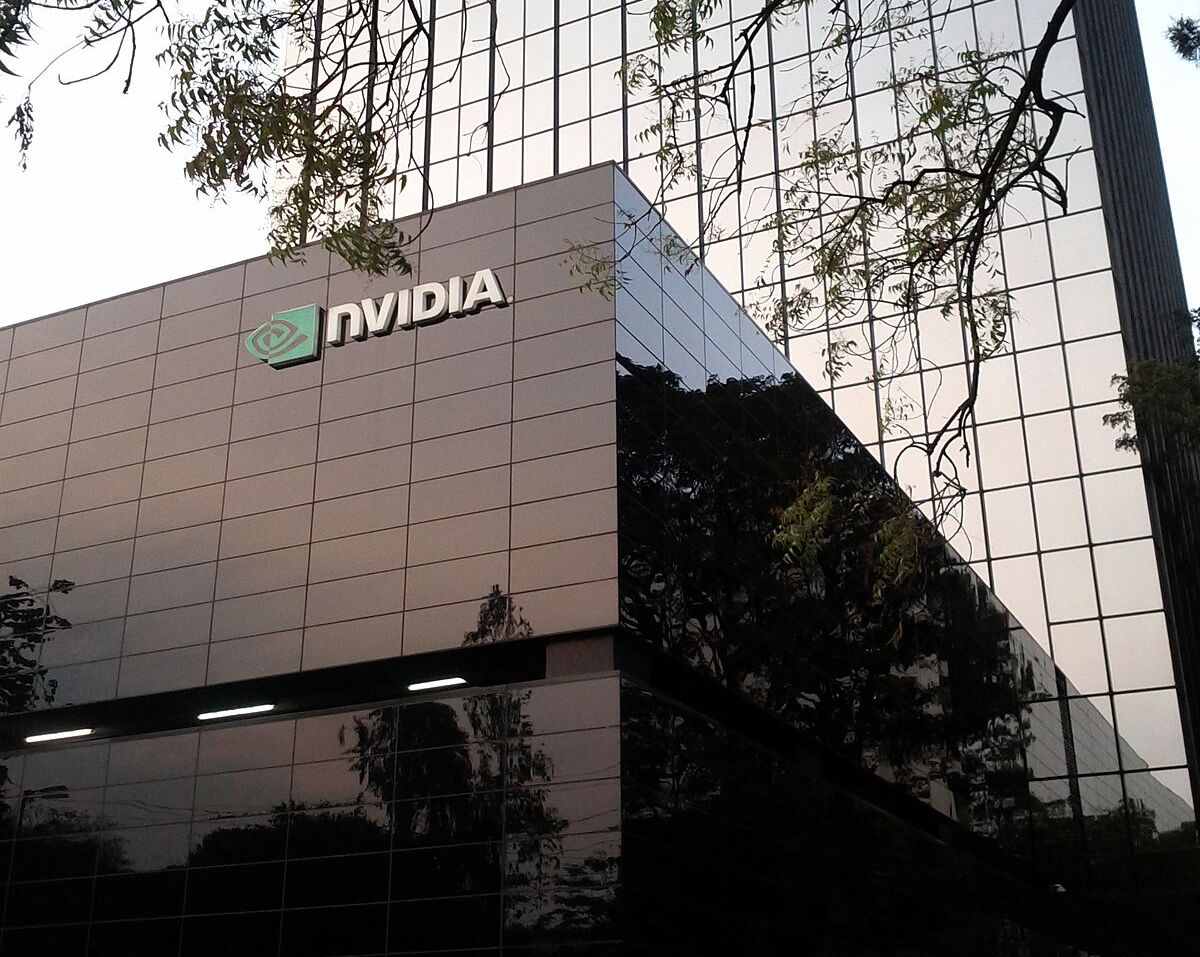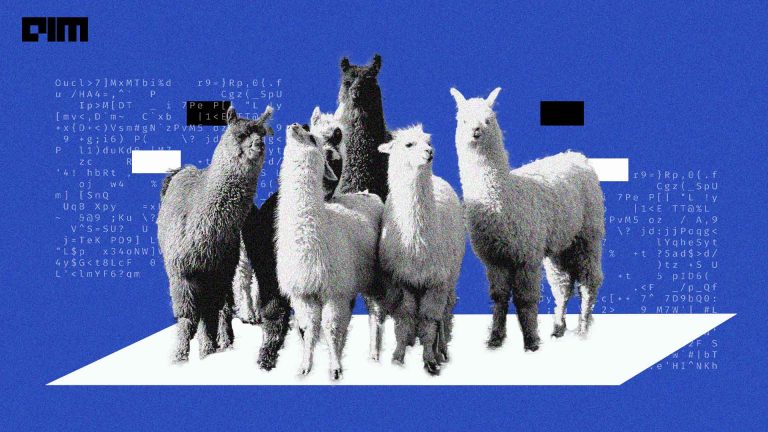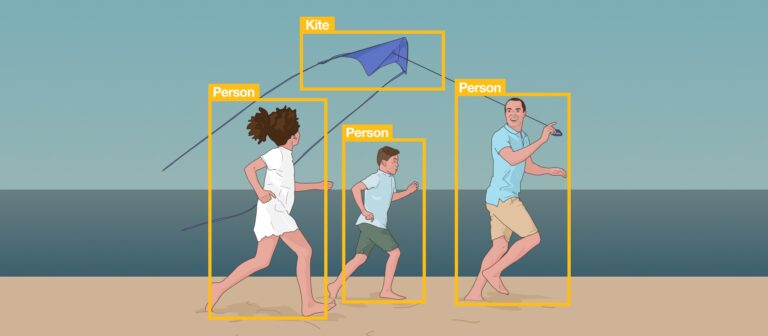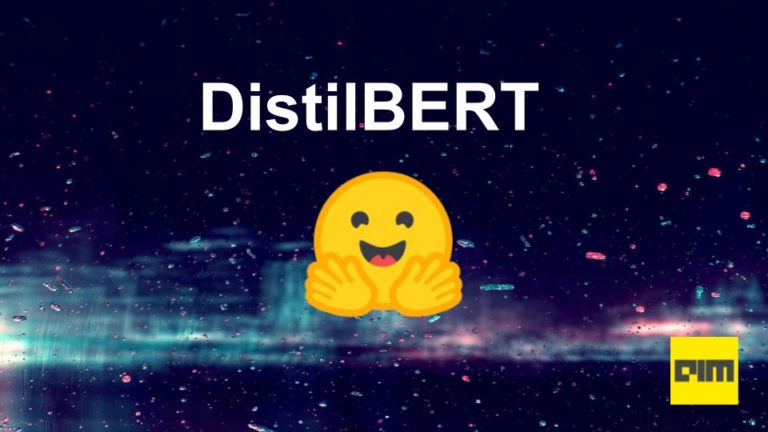NVIDIA has announced the release of several production-ready, pre-trained models and a developer preview of Transfer Learning Toolkit (TLT) 3.0 to accelerate the developer’s journey from training to deployment.
In a recent blog post, NVIDIA stated that the release would include a collection of new pre-trained models with innovative features that support conversational AI applications and Transfer Learning Toolkit (TLT) 3.0, along with DeepStream SDK 5.1. NVIDIA claims that these releases will act as a powerful solution for advancing a developer’s journey.
AI has become mainstream, impacting every aspect of our lives, from intelligent vision, speech-enabled services, AI-based video analytics to smart kiosks, chatbots and smart cities. However, creating models from scratch can be a challenging task for developers, startups and even enterprises. NVIDIA has been at the forefront of inventing technologies to power these innovations, helping developers to create high-performance products with faster time-to-market.
NVIDIA Transfer Learning Toolkit (TLT) is the AI-powered toolkit that abstracts away the AI/DL framework complexity. It enables developers to build production-quality pre-trained models faster, without any coding. TLT allows developers to bring their data to fine-tune the model for a specific use case using NVIDIA’s production-quality models for everyday AI tasks. Developers can also use one of the 100+ permutations of neural network architectures like ResNet, VGG, FasterRCNN, RetinaNet, and YOLOv3/v4.
NVIDIA’s TLT 3.0 will include new pre-trained models such as license plate detection and recognition, heart rate monitoring, gesture recognition, gaze estimation, emotion recognition, face detection, and facial landmarks estimation. It will also provide support for conversational AI use cases like automatic speech recognition and natural language processing.
TLT 3.0 comes with a choice of training with popular network architectures such as EfficientNet, YoloV4, and UNET, and an improved PeopleNet model to detect challenging scenarios such as people sitting down and rotated/warped objects. It also provides support for NVIDIA Ampere GPUs with third-generation tensor cores for a performance boost.
To get started, developers need to download the Transfer Learning Toolkit and pre-trained models. One can also check out the latest developer blog posts to better understand using TLT to prepare state-of-the-art models.
Read NVIDIA’s blog post here.



















































































